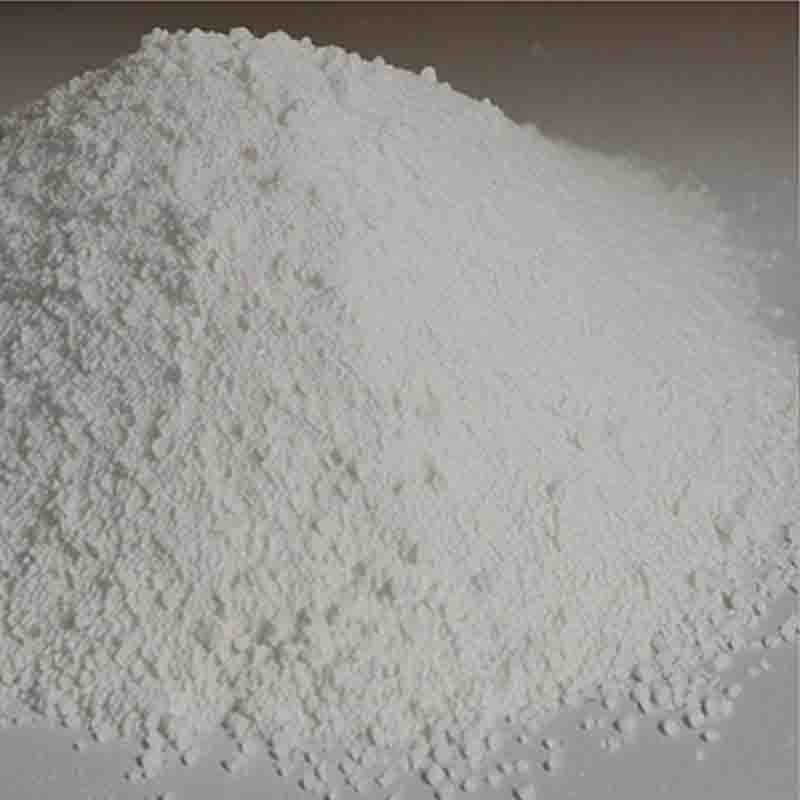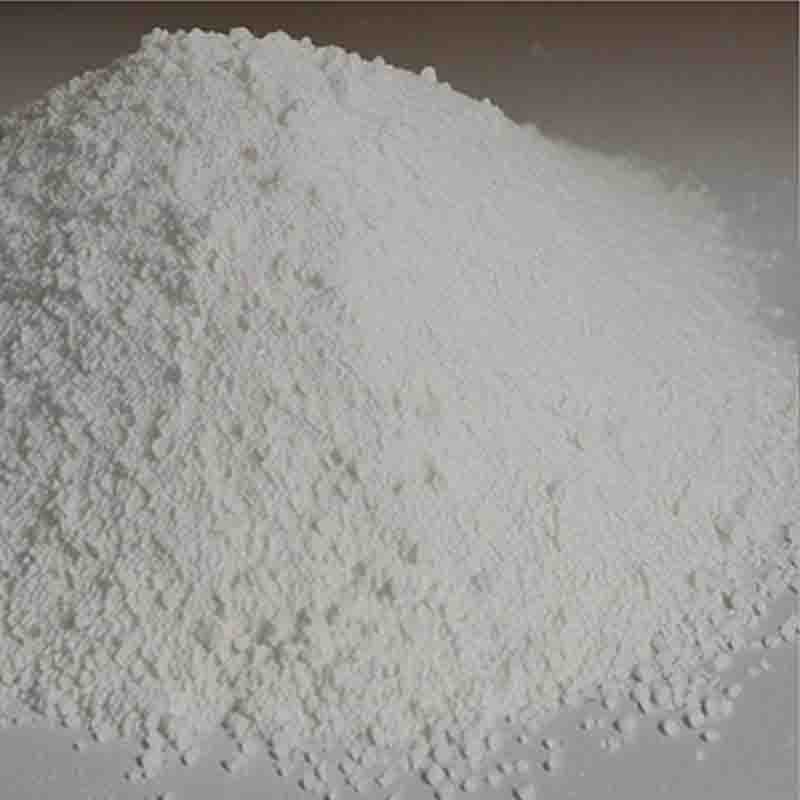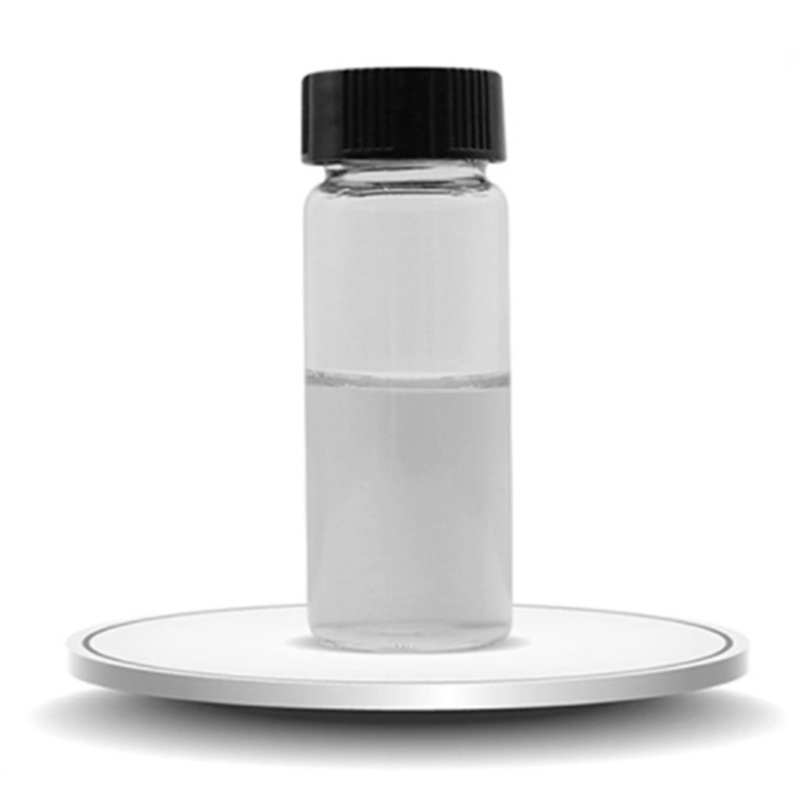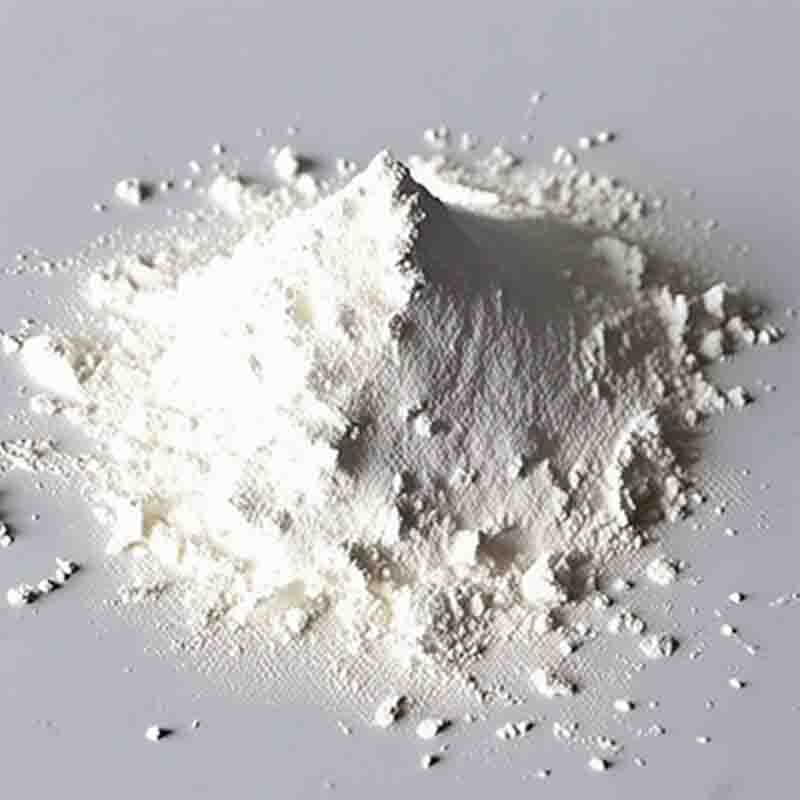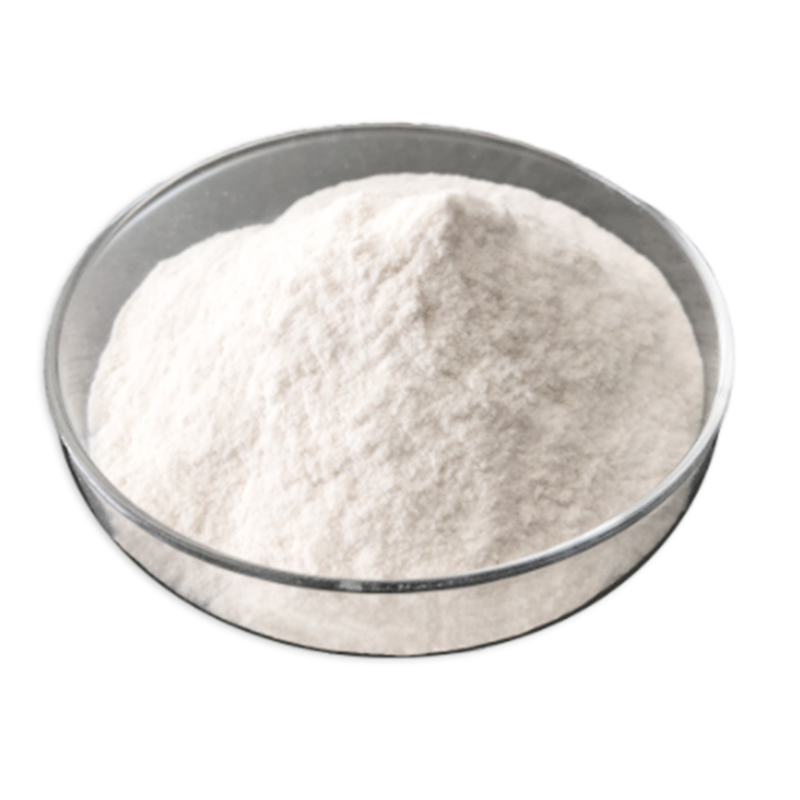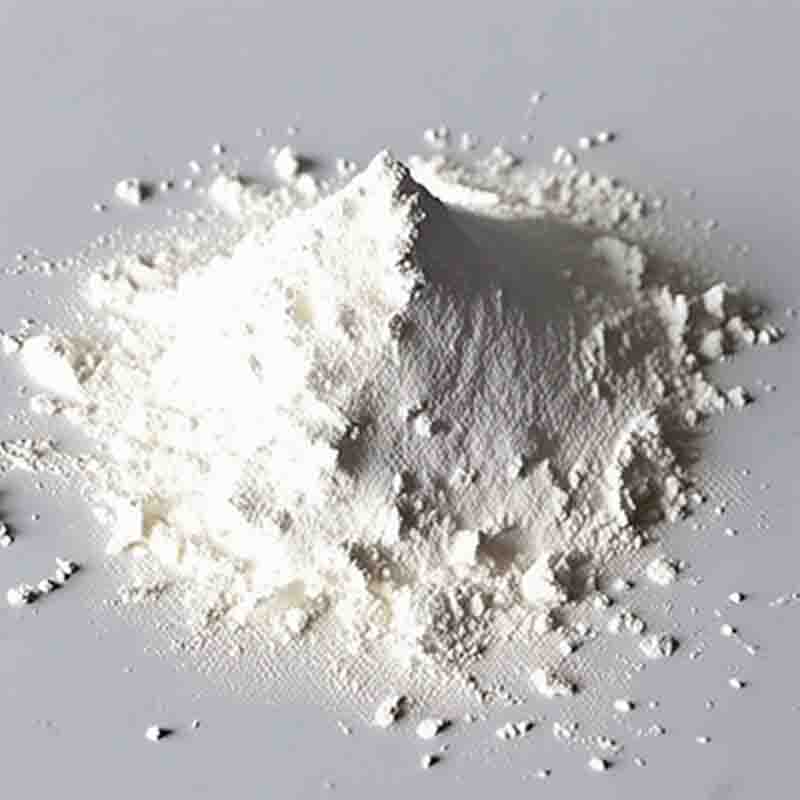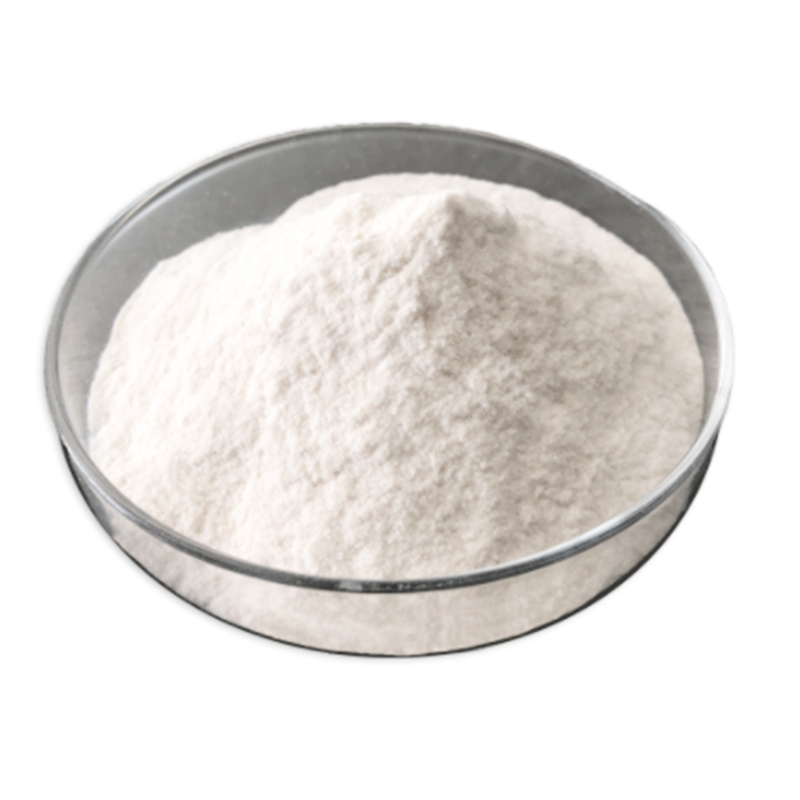1-(benzyl)pyrrolidin-3-one CAS:775-16-6
| Catalog Number | XD95114 |
| Product Name | 1-(benzyl)pyrrolidin-3-one |
| CAS | 775-16-6 |
| Molecular Formula | C11H13NO |
| Molecular Weight | 175.23 |
| Storage Details | Ambient |
Product Specification
| Appearance | White powder |
| Assay | 99% min |
1-(benzyl)pyrrolidin-3-one, also known as N-benzylpyrrolidone or BZP, is a chemical compound with a wide range of effects. Let's explore some of its potential effects in more detail.Solvent Properties: One of the primary uses of 1-(benzyl)pyrrolidin-3-one is as a solvent. It has excellent solvency power, making it useful for dissolving various substances, including polymers, resins, and dyes. Its solubility makes it versatile for industrial applications such as paint thinners, cleaning agents, and coatings.Pharmaceutical Applications: 1-(benzyl)pyrrolidin-3-one also finds applications in the pharmaceutical industry. It can act as a solubilizing agent for poorly water-soluble drugs, enhancing their bioavailability. Additionally, it can serve as a carrier in transdermal drug delivery systems, allowing for efficient drug absorption through the skin.Organic Synthesis: Organic chemists utilize 1-(benzyl)pyrrolidin-3-one as a reagent in various synthetic processes. It can be utilized as a building block in the synthesis of complex organic molecules due to its unique structure. The benzyl group attached to the pyrrolidinone ring allows for selective functionalization and enables the creation of structurally diverse compounds.Aromaticity Studies: The benzyl group in 1-(benzyl)pyrrolidin-3-one is of interest in aromaticity studies. The benzene ring in the benzyl group has an aromatic nature, and its reactivity can provide insights into aromatic processes. Research on compounds like 1-(benzyl)pyrrolidin-3-one contributes to our understanding of aromaticity and related chemical phenomena.Biomaterial Research: 1-(benzyl)pyrrolidin-3-one has shown potential applications in the field of biomaterials. Its solubility and compatibility with various polymers make it suitable for synthesizing biodegradable materials for drug delivery systems, tissue engineering scaffolds, and medical implants. Its chemical structure can be modified to impart specific properties desirable for biomedical applications.Cosmetic Industry: Some formulations in the cosmetic industry may incorporate 1-(benzyl)pyrrolidin-3-one as a solvent or co-solvent. It can help dissolve or disperse hydrophobic ingredients, ensuring consistent product texture and stability. Its use in cosmetic products should comply with safety regulations and guidelines.It is important to note that while 1-(benzyl)pyrrolidin-3-one has several potential applications, its effects and uses can vary depending on the specific context and purpose. Additionally, safety considerations, including proper handling and storage, must be followed for any application involving this compound.


